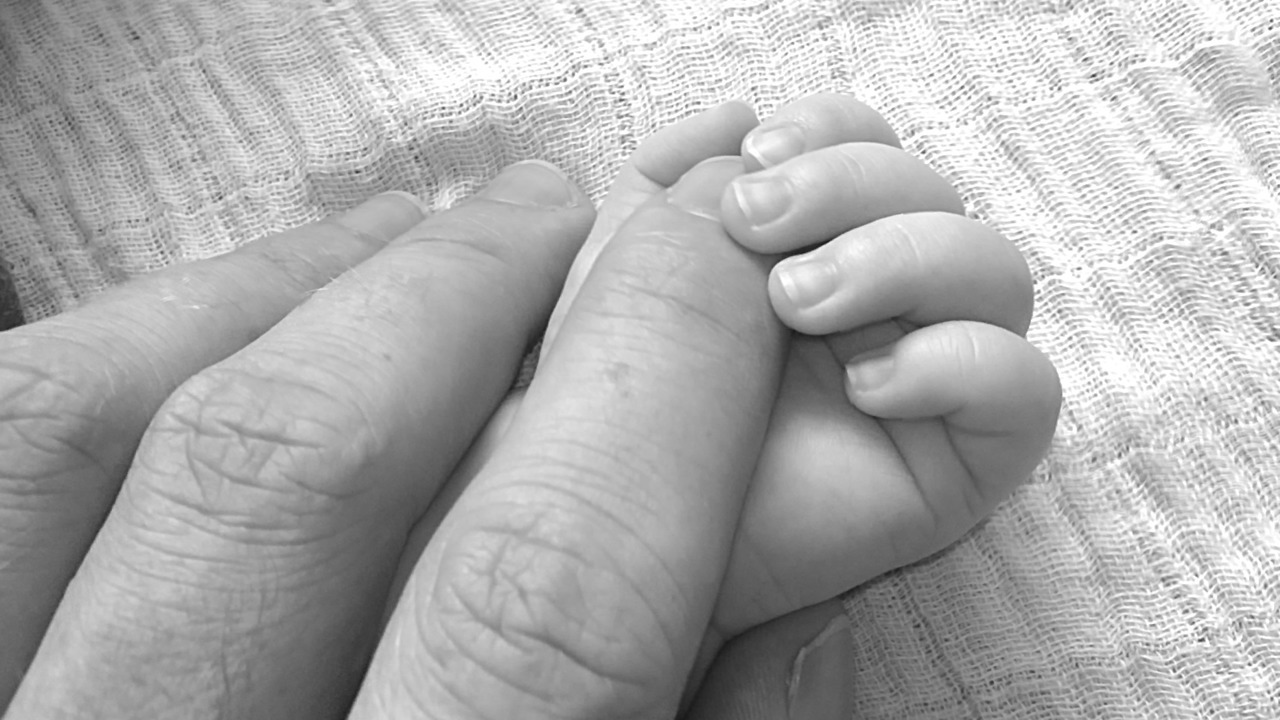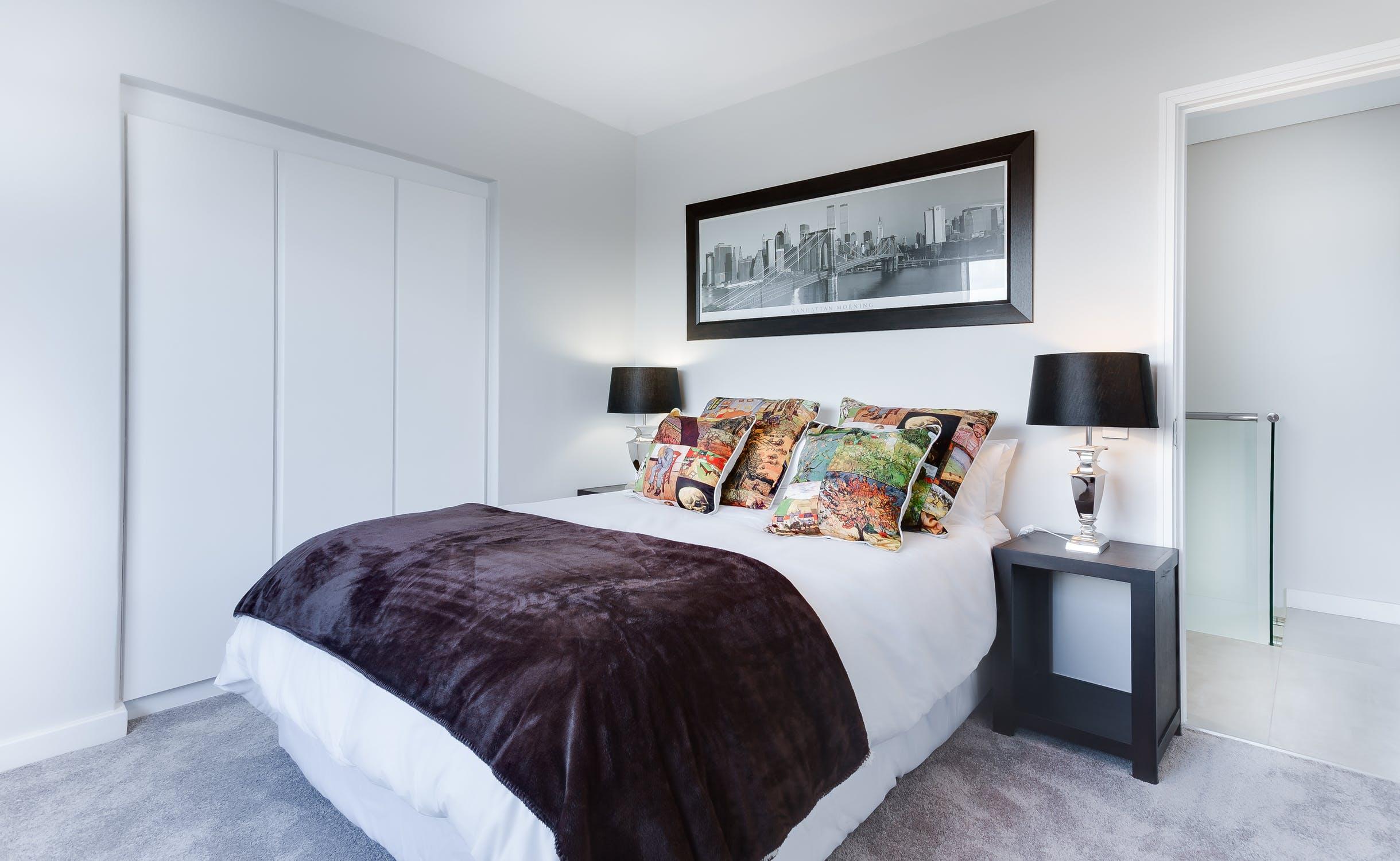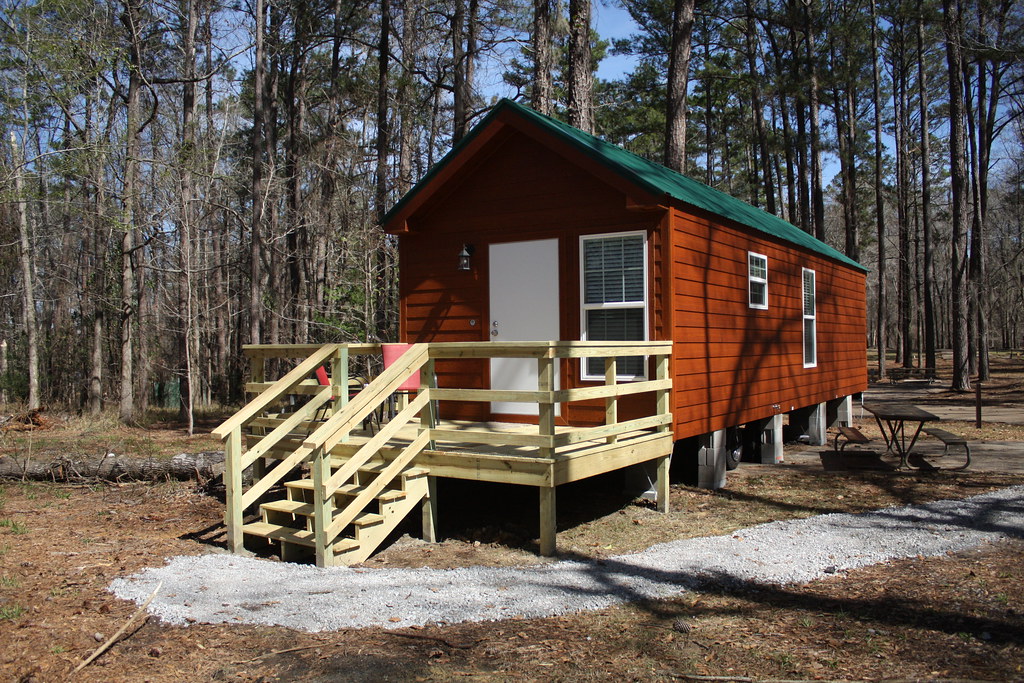They say that cleanliness is next to godliness; however, even someone who does not believe in god will vouch for the tremendous power of living and working in a clean and organized environment. The most important benefit of keeping one’s surroundings clean and free of clutter is that it allows free flow of energy and creates a positive ambiance that has proven psychological benefits. Once we’ve become used to working in a cluttered environment, change can be difficult but it’s not impossible.
7 Benefits of a Clean and Decluttered Workspace
Here are seven reasons why you should care about the cleanliness of not only your own desk but also your immediate surroundings at work and home.
Cleanliness improves efficiency:
Everyone wants to make the best use of their time at work, but a dirty and disorganized workplace enables exactly the opposite. In fact, people subconsciously dread going to an office where they’ll have to spend a significant part of their day plowing through stuff and enduring the unhygienic conditions in the pantries, washrooms and work bays.
A clean and hygienic office space where every nook and corner has been paid attention is a haven for efficient and result-oriented work.
A clean work environment encourages creativity:
You may have experienced this in your personal life. Cluttered and dirty spaces do nothing more than sap one’s energy, stagnates the mind and obstruct the flow of creative thoughts and ideas. This can be particularly detrimental to the growth of a business.
Therefore, maintaining a clean and orderly workspace is essential to encourage and inspire yourself and your colleagues to be creative in everyday tasks.
Cleanliness helps you focus:
A clean desk no doubt enables people to focus on the task at hand; however, a clean office building has an even greater impact on the employees’ ability to concentrate and complete tasks without distractions.
Professional organizers say that knowing where your things are helps keep the mind clear, which in turn makes you more efficient and focussed and also says a lot about your professional caliber. in addition, clean and well-maintained indoor spaces tell your staff that you value their working environment.
A tidy work desk means more room to work:
Clearing your desk of clutter gives you more space to do your work, which in turn improves productivity and helps you achieve your daily goals on time.
While a small office can be cleaned easily by your housekeeping staff, a larger workspace is best cleaned by a professional cleaning service that has the requisite tools and skills to do a thorough cleaning.
Decluttering saves time:
In business time is money, and when you have an organized work area with a place for everything from stapler pins to large files, you save a substantial amount of time every day that you would otherwise spend looking for stuff. Even a few minutes wasted every day by each staff member add up to a significant number.
Do the math and share the figures with your colleagues and subordinates to inspire them to organize their working space.
It acts as a stress-buster:
A messy work desk or office space can cause a lot of stress and at most times you won’t even know that it’s the clutter that’s making your anxious. In fact, experts say that just walking into an unkempt office can make you feel stressed and disinterested in your work.
Research shows that living and working in a clean and clutter-free space has a definite effect on a person’s mood and overall psychological well being.
While some work-related stress is normal, if you feel overstressed especially when sitting at your desk or being inside a messy workplace, think deeply about whether it’s a work situation that’s freaking you out or the place itself.
A clean work area means less sick leaves:
An unclean and untidy workspace can make you sick from all the microorganisms that get to breed on and around your desk. Food crumbs and dust are the main culprits that find a safe haven in your keyboard, behind your desktop and under your desk.
In many offices, cleaning staff are instructed not to move stuff lying on the desks, which means your desk space may not have been cleaned for weeks! If you’ve been falling sick a lot lately but can find no obvious explanation, a cluttered and dirty workspace could be to blame.
Read Also:






















